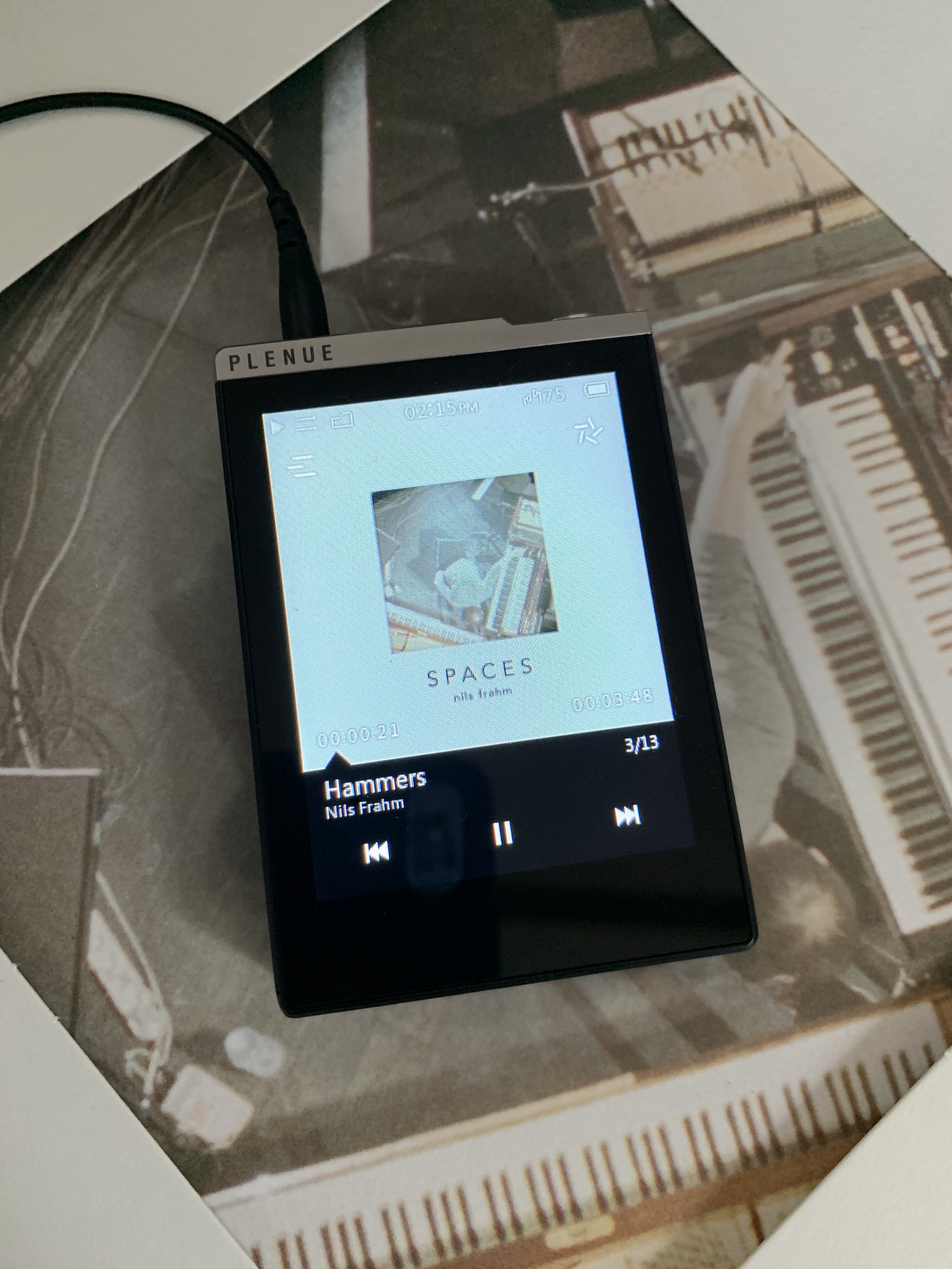Scary fact : I’ve been working in the software industry for 30 years. I started out in a software timeshare business that sold access to an investment management system to financial services enterprises, connected over dial-up via DEC VT220 terminals.
It pains me to say this, as virtually every word in that sentence is now hopelessly redundant, decrepit old tech.
But hang on! Fast forward three decades and the concept still holds true today - the basic idea is still the same, but now it’s called Software-As-A-Service hosted in the Cloud delivered over the Internet, accessible by any PC. So in many ways, plus ca change!
Anyway, I’m resolutely sticking to that theme in my tech selections for 2019. Not only am I a bit of a geek, with a “Learn It All” mentality, but I’ve also come to love quality, purpose and ease in my tech choices - be that gadgets, devices or apps.
2019 is all about enjoying more the things I like (particularly music) and taking care of myself too. These are unusual choices in the digital era - this is not about building a digital profile, or building more connections. This is old school tech. So here are my Top Four gadgets/devices/apps for the year ahead:
Pro-ject Debut Turntable. I love music. I’ve played in bands, make my own music and messed around with synths & drum machines for many, many years. Despite giving away all my CDs and DVDs in favour of streaming services, I’ve held on to my vinyl collection, and during 2018 dusted off my Pro-ject turntable. Just as I shifted back to printed books for the physical experience, you can’t match vinyl for the same. Pro-ject’s turntable is great quality and easily affordable (they even do bluetooth & USB versions). And whilst the audio quality is phenomenal, nothing beats playing any music through a decent hi-fi system vs a crappy bluetooth speaker or headphones. So even if it’s Spotify - get a decent amp & speakers or upgrade those iPhone earbuds!
Cowon Plenue D Portable Hi-res Music Player. I love music on the go too, but am fed up with the relatively poor quality of downloads, as well as the distractions of having music on the phone. For many years, i’ve championed “dumb devices” or ones that have a single purpose (e.g. the Kindle or the old iPod). We’re all supremely distracted by the digital world, and I don’t think it’s good for us either personally or professionally to be unable to focus on one thing. The Cowon Plenue D is an amazing music player. Not only does it do one thing (i.e. play music), it can also hold content that is of a much higher quality (hi-res) than your music streaming services. So again, if you like listening to the detail of your music, or want a better audio experience - try it. And as a bonus, you’ll also be delighted at the extended battery life of your phone!
Calm Meditation & Sleep App. I’ve definitely become more aware of my health over the past few years, and also to the benefits of relaxation and sleep. Generally bucketed together as “mindfulness”, this side of our lives is one we are just beginning to understand. The focus up to now has been on fitness and exercise, but if you’re not getting enough relaxation or sleep, you’ll never exercise your way to health. I’ll be the first to say it, using an app like Calm is a little cringe-inducing with all those new age narrators, But once you get past that, it’s a relatively easy way to dive into mindfulness
Thriva Health App. Self awareness is a wonderful thing, and I’ve been intrigued by how tech has enabled us to monitor more and more about ourselves - be that weight, steps or heart rate. This year I signed up to Thriva - its a home blood test service with results delivered thru an app and commentary from a qualified GP. You get suggestions for improvement, plus anything that warrants investigation is flagged. Think of it as an early warning system.
So there you are - four “old” choices from 20th Century vinyl, to the timeless idea of looking after yourself. Here’s to a healthy, balanced 2019!









